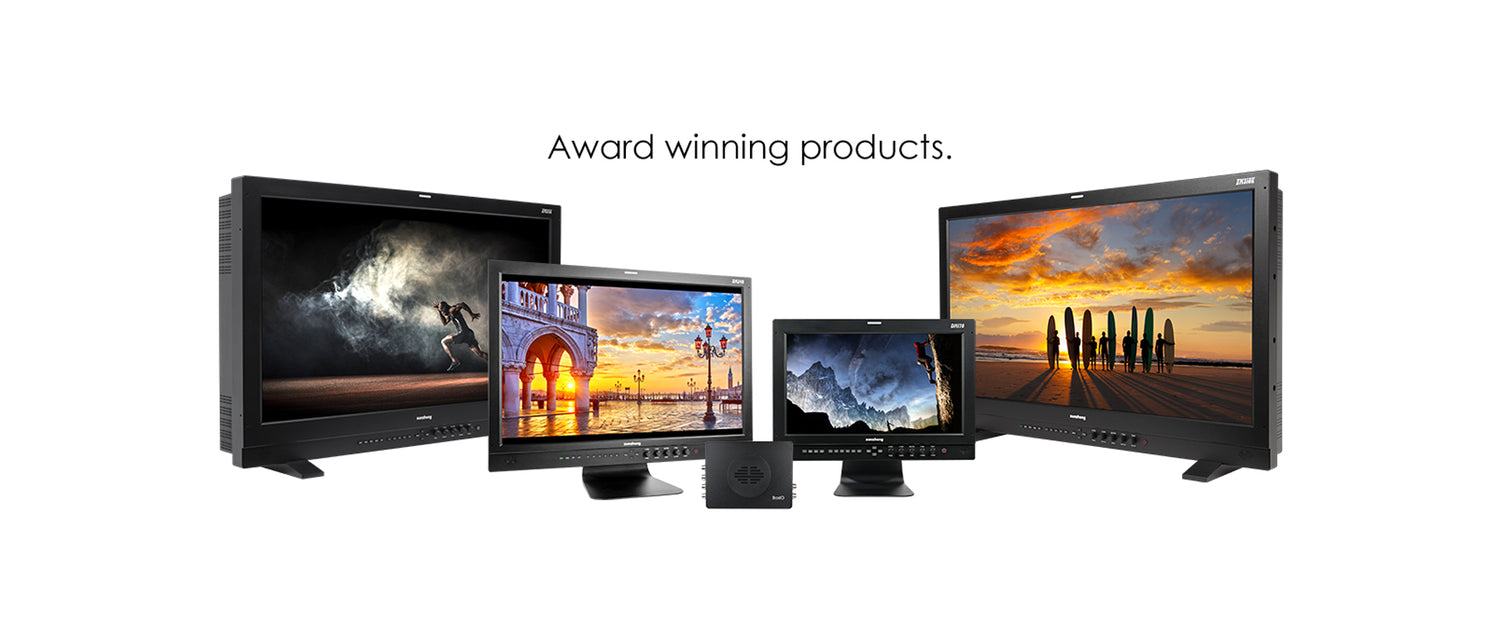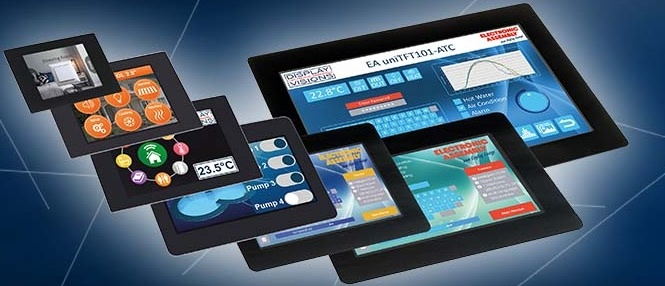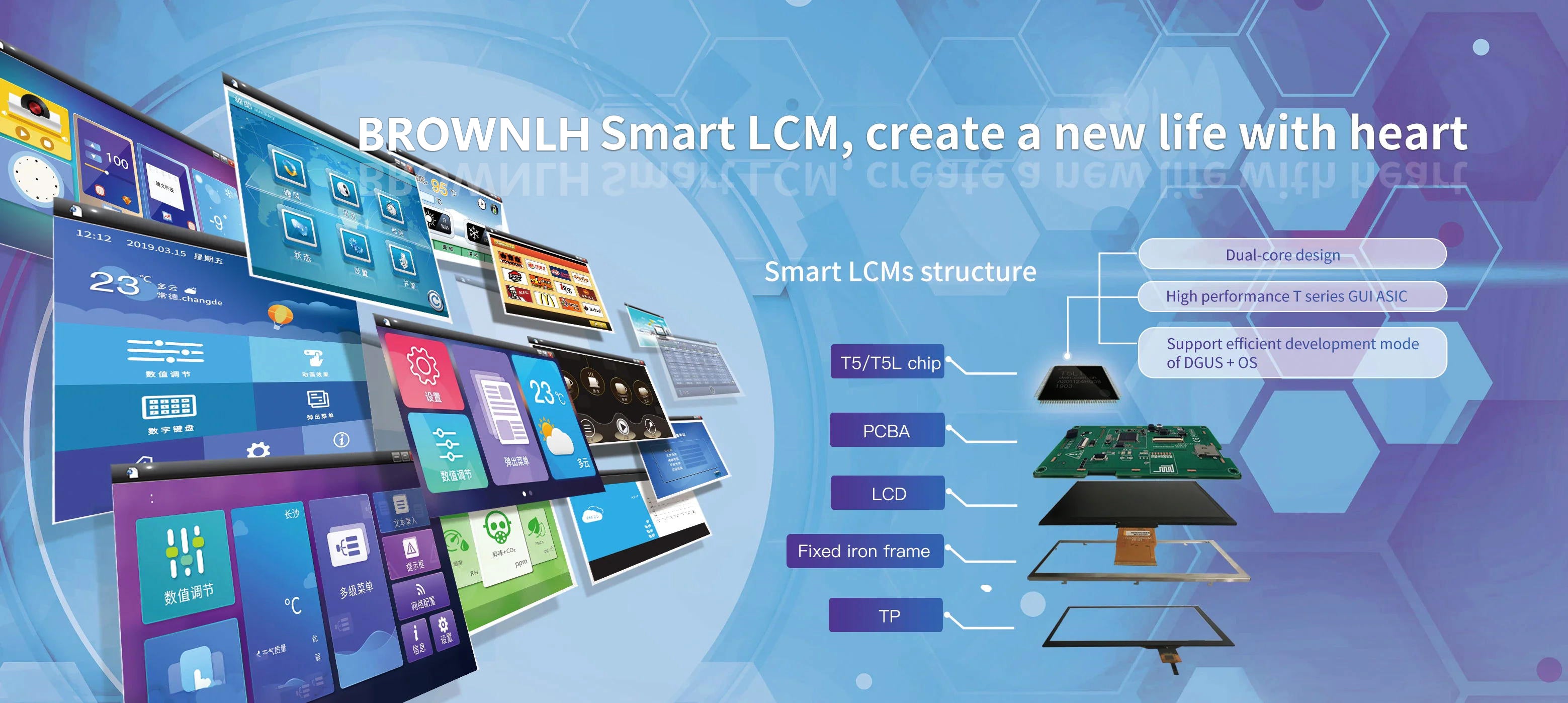make them an indispensable entertainment device in households, especially those with children. Kids can enjoy cartoons or educational programs in their own rooms without disturbing others.
By flexibly using a portable TV in the home, not only is the convenience and diversity of home entertainment enhanced, but family members are also provided with more choices and freedom, greatly enriching the quality of family life.
Camping and Picnics
Portable TVs are incredibly useful during outdoor activities such as camping and picnics. Here’s how they enhance your outdoor experience:
1.Entertainment on the Go: Portable TVs provide a source of entertainment while you’re enjoying nature. Whether you’re camping in the woods or having a picnic in the park, you can watch your favorite shows or movies under the stars.
2.Easy to Transport: Their lightweight and compact design make portable TVs easy to carry along with your other camping or picnic gear. You don’t have to worry about them taking up too much space or being too heavy.
3.Battery Operated: Many portable TVs come with battery options, which means you can use them even in areas without electrical outlets. This is perfect for remote camping sites or picnic spots.

Using a portable TV during travel offers several conveniences:
1.In-Car Entertainment: Portable TVs can be used in cars to keep passengers entertained during long road trips. This is especially helpful for families with children, as it can keep them occupied and reduce travel stress.
2.Hotel Room Entertainment: When staying in hotels, a portable TV can provide personalized entertainment options, allowing you to watch your preferred content without relying on the hotel’s TV channels.
3.Compact and Lightweight: The compact size and lightweight nature of portable TVs make them easy to pack and carry in your luggage. They don’t add much weight, making them ideal for travel.
Portable TVs are extremely useful during power outages:
1.Stay Informed: In the event of a power outage, a battery-operated portable TV can keep you informed about the situation by providing access to news and updates.
2.Entertainment: They can also provide a source of entertainment during extended power outages, helping to pass the time and reduce stress.
During natural disasters or emergencies, portable TVs play a crucial role:
1.Information Access: Portable TVs can be a vital tool for receiving real-time information and updates during natural disasters or emergencies. This can include weather updates, evacuation orders, and safety instructions.
2.Communication: In situations where other forms of communication are down, a portable TV can be one of the few reliable sources of information, helping you stay connected with the outside world.
By incorporating portable TVs into your emergency preparedness kit, you ensure that you have a reliable source of information and entertainment, no matter the situation.

Using a portable TV during long-distance travel offers numerous advantages and enhances the travel experience:
1.Passenger Entertainment: Portable TVs provide continuous entertainment for passengers during long road trips. This is particularly beneficial for families with children, as it helps keep them engaged and reduces the likelihood of travel-related stress and boredom.
2.Variety of Content: With a portable TV, passengers have access to a wide range of content, including movies, TV shows, and even games. This variety ensures that there is something for everyone, making the journey more enjoyable.
3.Breaks Monotony: Long drives can often become monotonous. A portable TV helps break this monotony by offering a distraction and making the time pass more quickly.
4.Educational Content: For families traveling with children, portable TVs can also be used to play educational content, making the travel time both fun and productive.
In-Car Installation and Power Options
There are several ways to install portable TVs in cars and various power solutions to consider:
1.Mounting Options:
Headrest Mounts: One of the most popular installation methods is mounting the portable TV on the back of the front seat headrests. This provides a comfortable viewing angle for rear-seat passengers.
Dashboard Mounts: For front-seat passengers, portable TVs can be mounted on the dashboard. However, it’s crucial to ensure that the TV does not obstruct the driver’s view or interfere with driving.
Ceiling Mounts: Some larger vehicles, like SUVs and vans, may have ceiling mounts that allow the portable TV to be folded down when in use and tucked away when not needed.
2.Power Solutions:
Car Charger Adapters: Many portable TVs come with car charger adapters that can be plugged into the car’s cigarette lighter socket. This provides a convenient power source without the need for additional batteries.
Battery Operated: Some portable TVs are battery-operated, offering the flexibility to use them without being tethered to a power source. This is especially useful for stops and breaks during the journey
Inverter Power: An inverter can be used to convert the car’s DC power to AC power, allowing you to use standard household plugs to power the portable TV. This is useful for larger TVs that require more power.
By considering these installation methods and power solutions, you can ensure that your portable TV setup is both functional and safe, providing an enhanced entertainment experience for all passengers during long-distance travel.

When selecting a portable TV, getting the best value for your money is crucial. Here's a guide to help you make an informed choice, along with some recommended brands that offer great performance at reasonable prices.
Screen Size and Resolution: For the best value, choose a screen size that balances portability and viewing experience, typically between 7 to 10 inches. A 720p resolution often provides clear images on smaller screens, offering good value.
Battery Life and Power Options: Opt for a portable TV with long battery life and multiple power options, such as car adapters and USB charging, to ensure versatility in different scenarios.
Multifunctionality: TVs with HDMI, USB, and AV input/output ports allow for more connectivity options, enhancing functionality and value.
Signal Reception: A built-in high-sensitivity antenna and support for external antennas ensure clear signal reception in various environments, improving user experience.
Audio Quality and Portability: Look for clear audio quality and sufficient volume from built-in speakers. Additionally, the TV should be lightweight and easy to carry, aligning with the value-for-money principle.
Recommended Brands
Several brands stand out for their value-for-money portable TVs. Here are some top recommendations:
Known for its reliable performance and versatile features, BROWNHAN offers a range of portable TVs that provide excellent value and quality.
Axess is a popular choice for budget-conscious consumers, offering portable TVs with good functionality and durability at competitive prices.
Tyler's portable TVs are well-regarded for their clear display and user-friendly design, making them a great value-for-money option.
Envizen provides portable TVs with high-quality displays and robust features, ensuring a good balance of price and performance.
Brand Reputation and After-Sales Service: Opt for well-known brands like BROWNHAN, Axess, Tyler, and Envizen, which typically offer better quality and reliable after-sales service.
User Reviews: Check user reviews and feedback to understand the real-world performance and reliability of the portable TV you're considering.
Price Comparison: Compare prices across different platforms to find the best deals and maximize your value for money.
When choosing a portable TV, consider factors such as screen size and resolution, battery life, multifunctionality, signal reception, and audio quality. Brands like BROWNHAN, Axess, Tyler, and Envizen offer excellent options that provide great value for money. By carefully comparing and selecting, you can find the perfect portable TV to enhance your mobile entertainment experience.
We hope this buying guide helps you find the ideal portable TV.



















Leave a comment
This site is protected by hCaptcha and the hCaptcha Privacy Policy and Terms of Service apply.